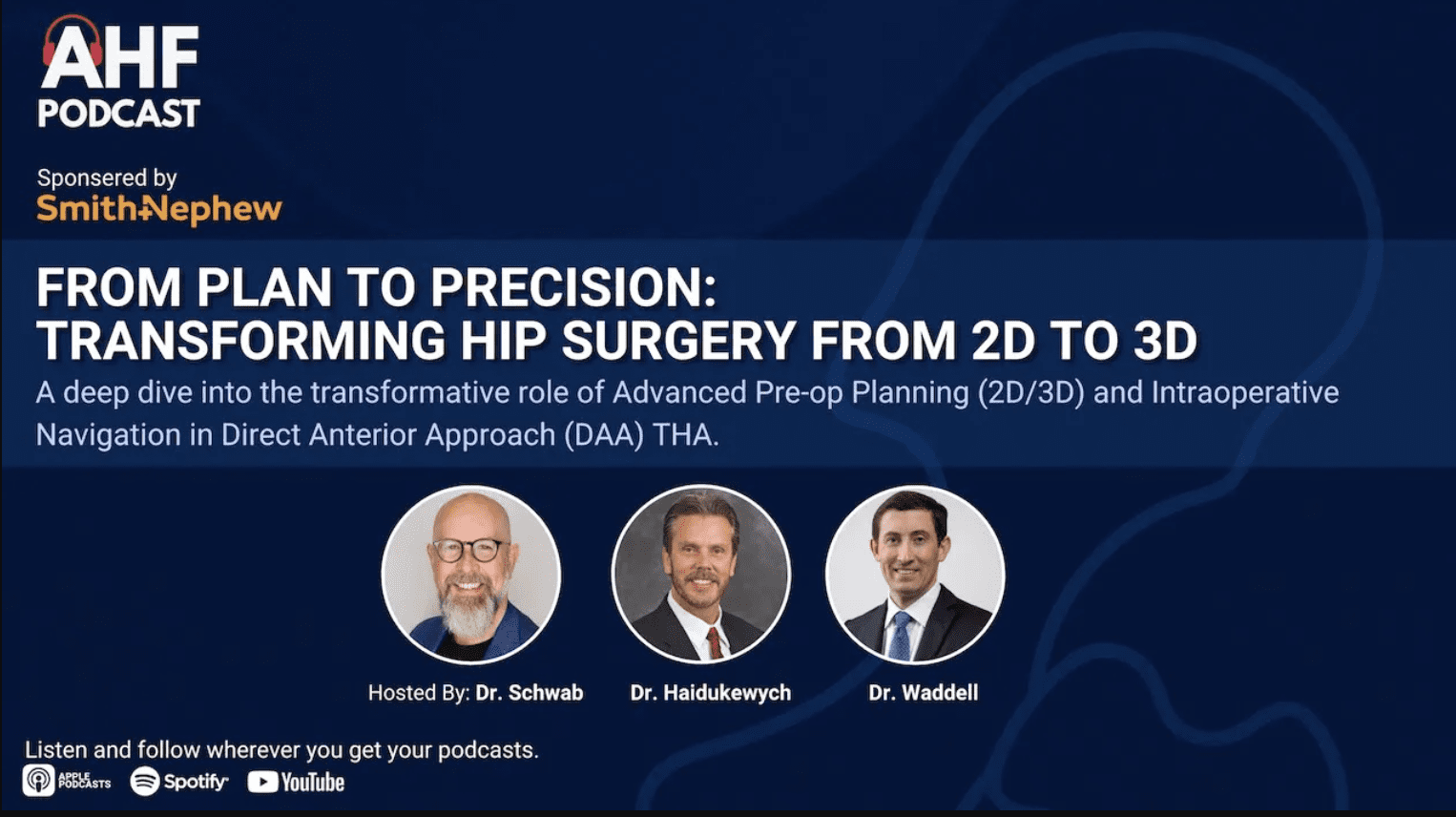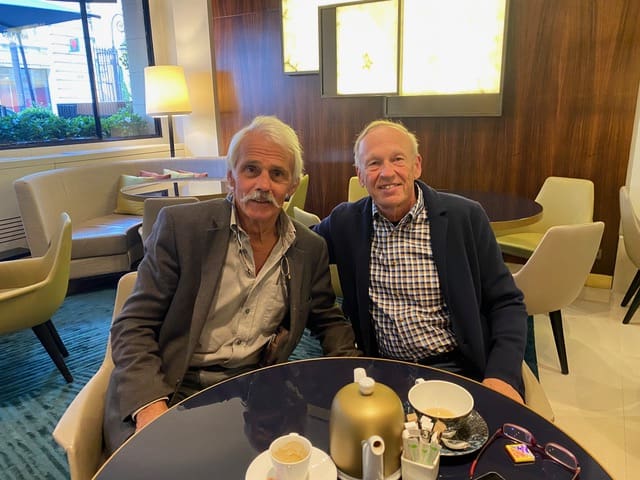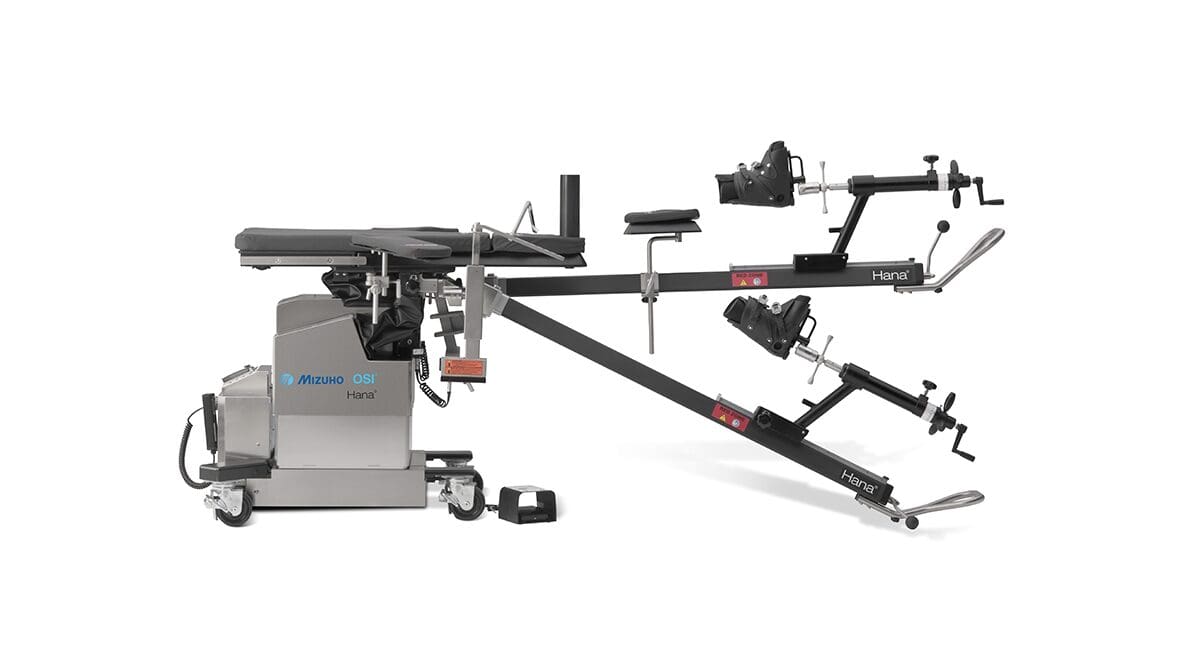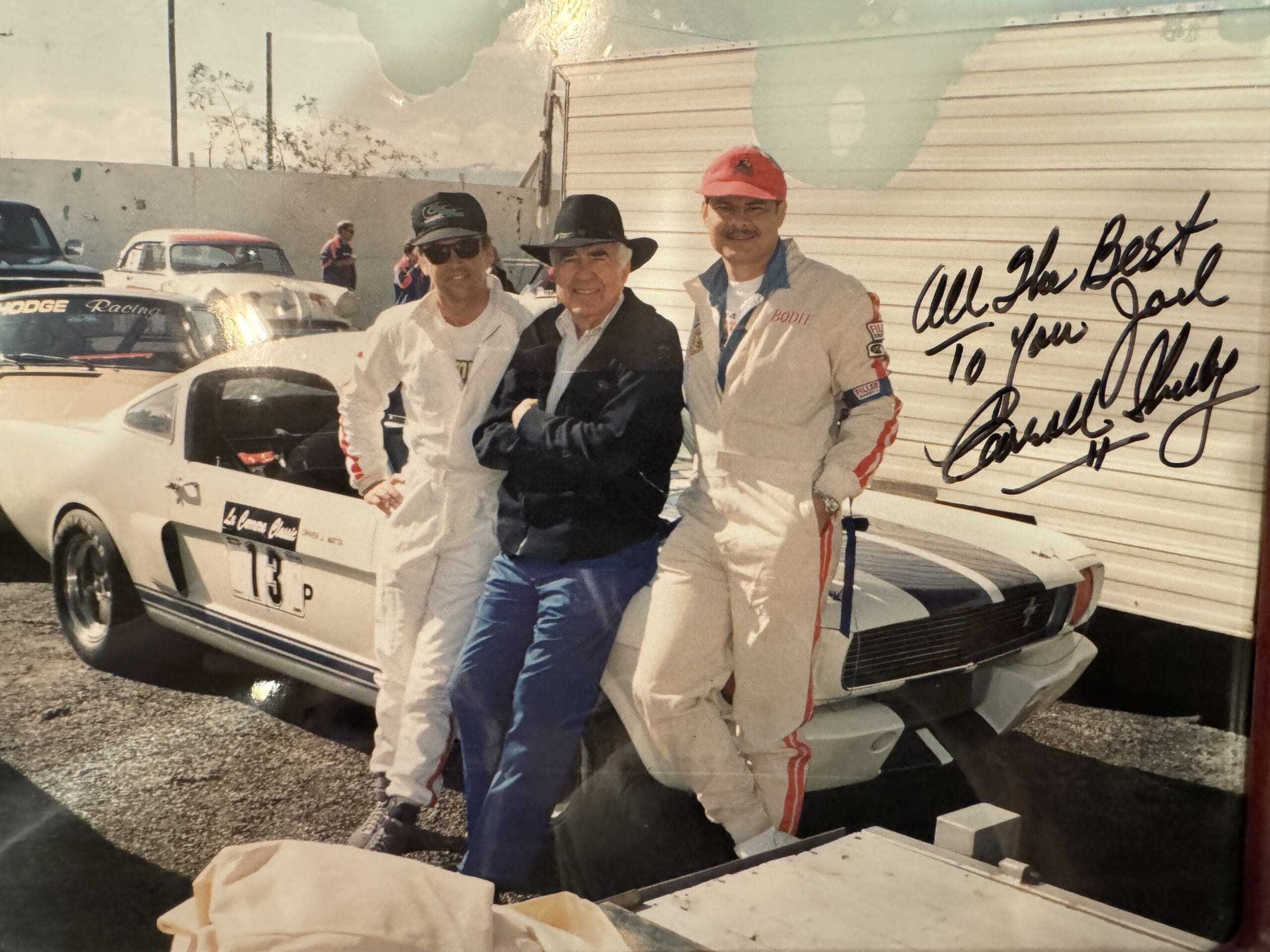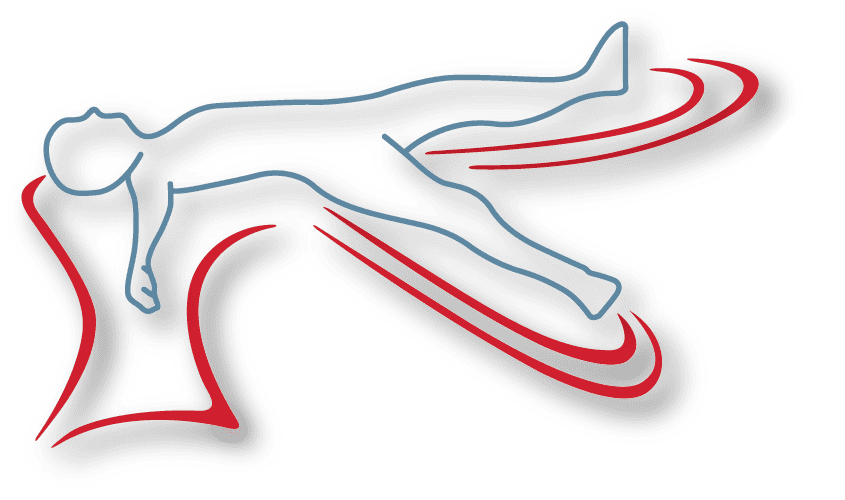Building Smarter, Safer, and More Efficient ASCs for Hip Surgeons: Insights from AHF 2025
As outpatient total joint arthroplasty accelerates, Ambulatory Surgery Centers (ASCs) have become ground zero for innovation in hip replacement surgeries. At AHF 2025, a dedicated ASC track brought together thought leaders in anterior approach surgery, operations, and reimbursement to share practical strategies for improving safety, efficiency, and sustainability in this evolving care setting.
1. Rethinking Cup Position: The Hip-Spine Connection
Presented by Dr. George Haidukewych
Why it matters: Dislocation remains a leading cause of revision—even in “perfectly” placed anterior hips. Dr. Haidukewych dismantles the myth of a universal safe zone and makes the case for truly individualized implant positioning based on pelvic tilt and lumbar stiffness.
Key tools:
Automated CT-based pre-op simulation
Impingement “wheels” to visualize functional risk
Navigation for precision cup placement
Bottom line: Define the target. Hit the target. Personalized planning reduces instability, and is now essential for reproducible ASC outcomes.
2. Capturing Revenue: Billing for Pre-Op Optimization
Presented by Dr. Eytan M. Debbi
Why it matters:
You’re doing more pre-op work than ever, but most of it goes unbilled. Dr. Debbi explains how to use Principal Care Management (PCM) codes to get reimbursed for time-intensive pre-op optimization.
Key takeaways:
Bill for implant templating, care coordination, and patient education
Use PCM codes to track and capture value for work already being done
Build workflows that align medical necessity with documentation
Bottom line:
PCM billing isn’t about boosting margins – it’s about protecting your time and creating a financially sustainable ASC model for the long haul.
3. Choosing the Right ASC Ownership Model
Presented by Lacey Dyer
Why it matters:
Ownership structure influences everything from your autonomy to your earning potential. Lacey Dyer breaks down the pros, cons, and power dynamics of today’s most common ASC models.
Key takeaways:
Compare physician-owned, hospital JV, and corporate/hybrid structures
Understand the tradeoffs: autonomy vs. alignment vs. capital
Maintain ASC-style governance even in joint ventures
Bottom line:
Get creative, but stay in control. Know what you’re giving up—and what you’re gaining—with each ownership model. Your leverage starts with your case volume, but strategy seals the deal.
4. Ideal Femoral Fixation in the ASC
Dr. Brian Gladnick (Carrell Clinic, Dallas, TX)
Why it matters:
ASC efficiency depends on predictability—and nothing wrecks your day like femoral chaos. Dr. Gladnick shares how to streamline femoral fixation without sacrificing outcomes.
Key takeaways:
Templating is your best tool for avoiding intra-op surprises
Stick to implants you know cold—not the “stem of the week”
Decide early: press-fit vs. cemented based on bone quality and patient factors
His go-to: Triple-tapered, collared, HA-coated stems + automated impaction
Bottom line:
Know your patients. Know your stems. Build an efficient, low-fracture workflow you can trust—especially when working with limited trays and tight turnarounds.
Big Picture Takeaways from the Series
Across the series, a few consistent themes emerged. If you want to thrive in an ASC setting:
✔️ Be Predictable: In your patients, your implants, and your outcomes
✔️ Know the Business: Clinical success isn’t enough—financial literacy and ownership strategy matter
✔️ Leverage Pre-Op Planning: Both biomechanically and financially
✔️ Play the Long Game: Cementing your technique is only part of it—build systems, not just surgeries

